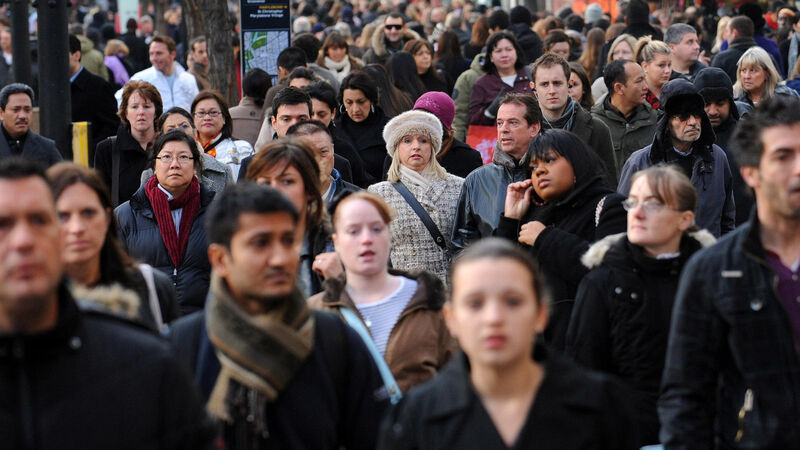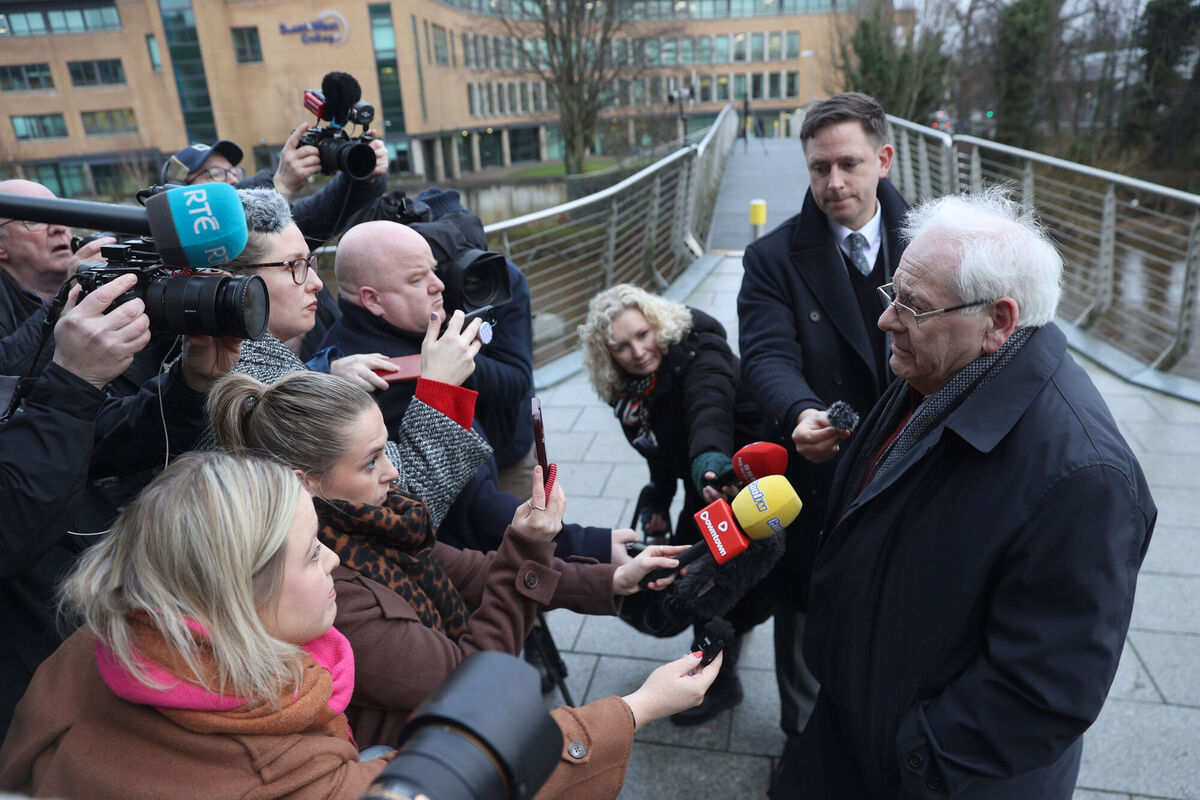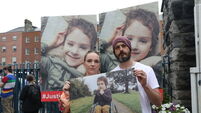Irish Examiner view: People on low incomes frozen out of housing

'Locked Out of the Market' highlights swathes of Ireland that have zero properties available to rent in any household category within standard or discretionary payment limits. File picture: PA
The housing and accommodation crisis continues to bedevil Irish life, and developments this week show how wide-ranging that crisis is.
Readers may think of the ongoing issues facing An Bord Pleanála, with another instalment in that long-running controversy this week, but other issues surfacing are even more illustrative of the wider crisis.
Take the recent report from the Simon Communities of Ireland, which showed the lack of housing for those on low incomes who depend on the housing assistance payment (HAP) to rent homes.
The Simon report, Locked Out of the Market, found swathes of the country with no properties available to rent in any household category within standard or discretionary payment limits: Athlone, Cork City centre, Galway City centre, Co Leitrim, Limerick City centre and suburbs, Sligo town, and Portlaoise.
That is a vast hinterland which has effectively frozen out low-income renters.
Consider that stark picture of the reality on the ground alongside a theoretical examination of the problem.
Last May, the Housing Commission published a report calling for a radical reset in housing policy — but some of its members have now criticised the new Government for its treatment of that report.
UCD professor Michelle Norris, a member of the commission, said she was “really disappointed” that no commitment has been given to even examine the commission’s recommendations.
The effects of the housing crisis are also clearly visible in people’s living patterns, with yet another recent revelation underlining that fact.
The Central Statistics Office reported on Monday that seven in 10 young people are still living at home at the age of 25.
The long-term impact on those young people’s life choices — career options, eventual home ownership, even having children — can still only be guessed at.
At a time when the Government is being criticised for its response to Storm Éowyn, some urgency with this ongoing tempest would be welcome.
It is sobering to consider that more than quarter of a century has passed since the Omagh bombing — the horrifying attack which killed 29 people, including a woman expecting twins, and injured 200 people, many suffering severe wounds.

Yesterday, a public inquiry into the 1998 bombing opened. It was established by the British government in order to examine whether the attack — which was carried out by dissident Republican group the Real IRA — could have been prevented by the authorities in Britain.
The Government has pledged to support the work of the inquiry, with Tánaiste Simon Harris stating that the new administration would “not be found wanting” when it comes to co-operation.
The first hearing opened with a minute’s silence and the names of the victims being read aloud. Even a cursory acknowledgement of the range of victims is enough to give one pause: The youngest was just 18 months old, the eldest was aged 65.
Fifteen of those killed were aged 17 or younger, including a 12-year-old Spanish student in Omagh on an exchange visit. One of the Spanish group leaders was also killed in the blast.
The focus on those who were killed by the bomb is essential, though it will obviously be a testing experience for the victims’ families. Although the inquiry is tasked with a specific mission — finding out if more could have been done to stop the bombing — it is fitting that testimonies will be given to remember the victims of the attack.
Those testimonies will make clear the impact the attack had on those victims’ families and friends in the quarter of a century since. Describing the impact of such events is surely a safeguard against a return to the t days of the Troubles.
We have seen plenty of political wrangling and point-scoring in the North in recent years, with plenty of posing and posturing. However, those disputes and impasses can be resolved through engagement and dialogue.
The Omagh inquiry will show that there is no alternative to democratic processes, a lesson it took far too long to absorb.
The ongoing discussion of artificial intelligence (AI) took an unexpected detour in recent days with the advent of Deepseek, a Chinese AI app.

Deepseek’s success has been swift. It has become the most downloaded free app in Britain and US and has been described as a “wake-up call” for tech firms by US president Donald Trump.
Little wonder.
It has overtaken rival AI app ChatGPT in popularity and its creators claim that it cost just $6m in computing power to train the Deepseek model. That is in sharp contrast with the billions some tech firms have earmarked for AI development.
Because Deepseek is Chinese, concerns have been expressed about its users’ personal data, with some observers worried that the Chinese government will access such data.
One Oxford professor said: “I think it’s fine to download it and ask it about the performance of Liverpool Football Club or chat about the history of the Roman Empire, but would I recommend putting anything sensitive or personal or private on them? Absolutely not . . . Because you don’t know where the data goes.”
Of course, concerns about companies harvesting user data are not confined to those apps favoured by the authorities in Beijing, but the professor’s warning should be heeded.
Otherwise an old saw may need updating:












